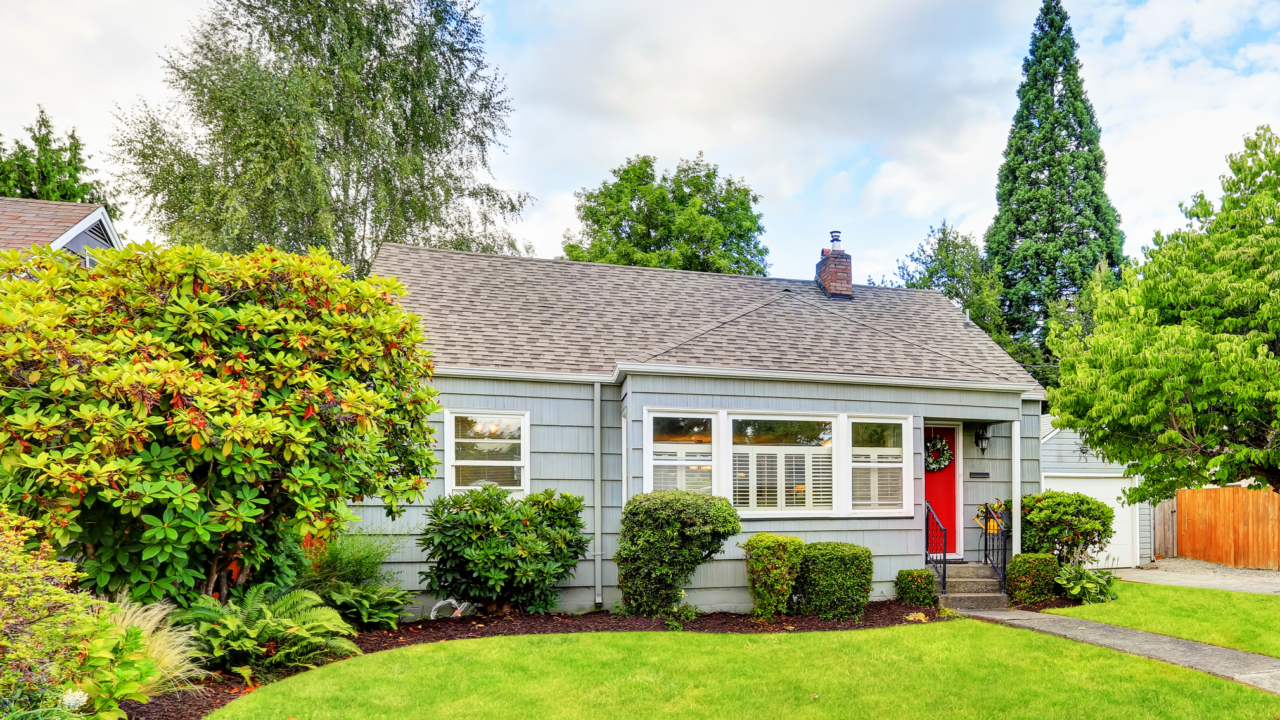Could You Save Money With Biweekly Mortgage Payments?
If you're a homeowner, you've probably seen biweekly mortgage payment promotions from your lender or third-party companies. Let's review this is, and whether you can save money.

Written by Francesca Faris on September 10, 2015
IN THIS ARTICLE:
- What Is a Biweekly Payment Program?
- What Is the Risk of a Biweekly Payment Program?
- Another Tip For Benefiting From Biweekly Payment Methodology
If you're a homeowner with a mortgage, you've probably seen biweekly mortgage payment promotions from your lender or third-party companies. Let's review what a biweekly payment program is, and whether you can save money.
What Is a Biweekly Payment Program?
A biweekly mortgage payment plan allows you to make half your mortgage payment every other week.
Doing so means you’re making 26 half-payments per year, which is the equivalent of 13 full monthly payments per year instead of 12.
This is a slight budget increase overall, but spreading it out over twice a month instead of once per month may make you feel it less. (Of course, each person is different, so you must decide for yourself if this approach is a good fit for your budget.)
The overall impact is impressive. If you start a biweekly payment plan the first month you start paying on a 30-year fixed loan, you can pay the loan off four to six years early and save thousands of dollars.
For example, if you have a 30-year fixed loan of $200,000 at 4.5 percent, a biweekly plan would save you $27,240 and you’ll pay your loan off four years and four months early.
See today’s refinance rates on Zillow

What Is the Risk of a Biweekly Payment Program?
Some biweekly payment programs -- especially those run by third-party companies other than the lender that sends your loan statements to you each month--will charge fees for this service.
They can charge significant upfront fees, plus small fees along the way for each biweekly payment processed. It can take up to 10 years for participants in up-front-fee plans to recoup their costs -- and if you sell or refinance before that time, the fees exceed any savings potential.
The Consumer Financial Protection Bureau -- which is the mortgage industry's primary regulator -- has taken a dim view of these fee practices. This is a good thing for consumers, because it helps weed out high-fee vendors.
Still, it's difficult to know which third-party providers you can trust, so the best practice is to only set up a biweekly payment plan with the lender that sends your loan statements each month.
In most cases, your lender won't charge fees for this service. Ask your lender to brief you on their biweekly plan terms.
Another Tip For Benefiting From Biweekly Payment Methodology
Alternatively, you can accomplish the same goal with guaranteed zero fees by managing it yourself.
The mathematical equivalent of a biweekly payment program is simply making a thirteenth monthly payment per year.
For the $200,000 loan example above, your mortgage payment is $1,013.37 12 times per year. If you pay this amount a thirteenth time each year, the entire $1,013.37 on that thirteenth payment is applied to paying down principal, and you’ll pay off your loan four years and four months years early.
Or you can divide the $1,013.37 by 12 months and pay $84.45 in extra principal each month. The end result is the same: you'll pay off your loan four years and four months early.
You do this by using the option on your monthly mortgage statements that allows you to include an optional ‘Additional Principal’ payment.
How much home can you afford?
At Zillow Home Loans, we can pre-qualify you in as little as 5 minutes, with no impact to your credit score.
Zillow Home Loans, NMLS # 10287. Equal Housing Lender
Get pre-qualifiedHow much home can you afford?
See what's in reach with low down payment options, no hidden fees and step-by-step guidance from us at
Zillow Home Loans.
Zillow Home Loans, NMLS # 10287. Equal Housing Lender
Calculate your BuyAbility℠
Related Articles
Get a mortgage with Zillow Home Loans
Go from dreaming to owning with low down payment options, competitive rates and no hidden fees. A dedicated loan officer will guide you until you have your keys in hand.

Zillow Home Loans, NMLS #10287. Equal Housing Lender.



